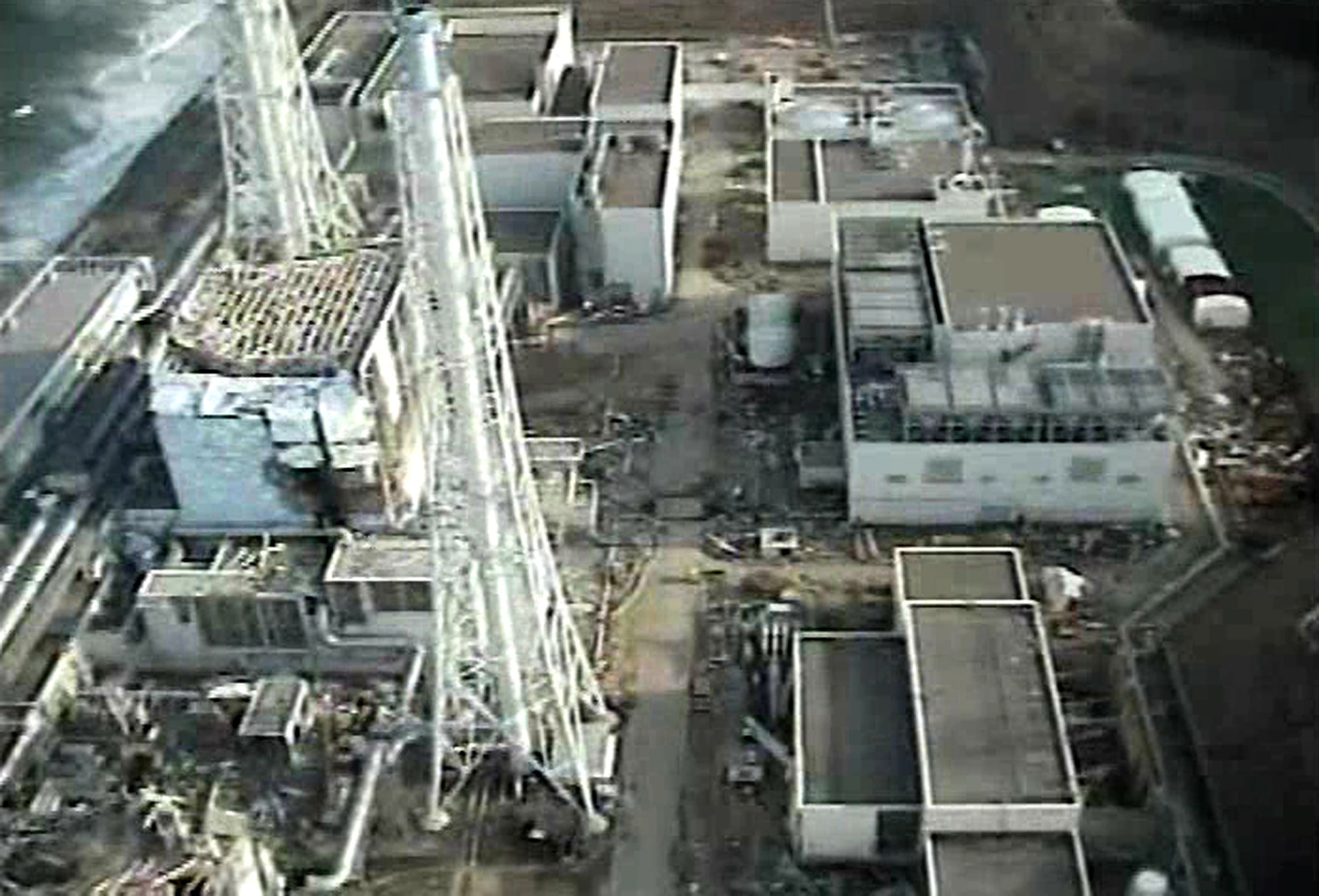Fukushima's contamination is not the only nuclear fallout
Sunday, September 8, 2013
With most eyes focused on Syria, headlines last week about new leaks and spiking contamination at the troubled nuclear reactors in Fukushima, Japan, went almost unnoticed.
In late August the plant's operator said workers had detected high radiation levels at four spots on the ground near the almost 1,000 new storage tanks holding toxic water tainted during efforts to cool to the Fukushima Daiichi plant's three damaged reactors. The highest contamination reading was 1,800 millisieverts per hour, or enough to give a lethal dose in about four hours, according to the plant's operator, Tokyo Electric Power Company known as Tepco.
The New York Times reported the contaminated spots were found as Tepco workers checked the integrity of the ever-growing number of tanks after a leak two weeks before released 300 tons of highly radioactive water into the Pacific. Since then, experts have admitted that about 300 tons a day - yes, each day - is leaking from within the crippled plant itself and flowing into the Pacific Ocean 500 yards away.
Government officials confirmed that the leaks from inside the plant to the ocean may have been going on throughout the entire two and a half years since the Fukushima reactors melted in the aftermath of a massive earthquake. The quake's ensuing tsunami swept away the emergency generators and fuel that would have cooled the reactors.
Reuters news agency said 400 tons a day of groundwater flowing from the hills above the damaged plant runs into the basements of the destroyed buildings, then mixes with highly irradiated water used to cool the reactors. Tepco has been building a "bypass" to keep the groundwater out of the plant, and also tried to create an underground barrier to prevent leaks to the ocean. They injected chemicals to harden the ground along the shoreline, but the barrier solidifies the ground only about 6 feet below the surface.
In recent days, the Japanese government took over the cleanup and announced a $500 million drive to stop the leaks by icing Fukushima- a near twin of the Browns Ferry plant on the Tennessee River in North Alabama.
This is not a joke. The government proposes to build a nearly mile-long ice wall by sinking pipes carrying freezing fluids to form a barrier of permafrost about 100 feet deep, down to the bedrock. Experts believe the ice wall will force the groundwater to drain into the sea instead of into the contaminated reactors. The plan also includes treatment options for the water stored in the tanks to reduce contamination enough to dump that water at sea. Eventually the government hopes to extract what's left of the fuel cores from the reactors to eliminate the major source of contamination - a tricky engineering feat given the extent of damage during the explosions and meltdowns.
A few miles away in a farm town in the 12-mile evacuation zone, armies of workers in surgical masks and rubber gloves scrape off radioactive topsoil in what the New York Times calls "a desperate attempt to fulfill the central government's vow one day to allow most of Japan's 83,000 evacuees to return."
But each time it rains, more radioactive contamination runs with storm water down the forested hillsides unto the scraped ground.
Across the Pacific and in the United States, officials say there should be no sense of alarm here.
"With the amount of dilution that would occur, any kind of release in Japan would be non-detectable here," said David Yogi, spokesman for the U.S. Environmental Protection Agency.
But that's not the real fear. If and how Japan can clean up Fukushima will have far-reaching influence on the already sagging nuclear industry and its nearly deflated nuclear renaissance.
"Admitting that no one can live near the plant for a generation [a tactic used by the former Soviet Union at Chernobyl] would open the way for all sorts of probing questions and doubts," said Harutoshi Funabashi, a sociologist at Hosei University who led a critical examination of the recovery efforts by the Science Council of Japan, a group of about 2,000 academics.
Watching the starts, fits and failures of cleanup also opens the way for all sorts of probing questions and doubts.
